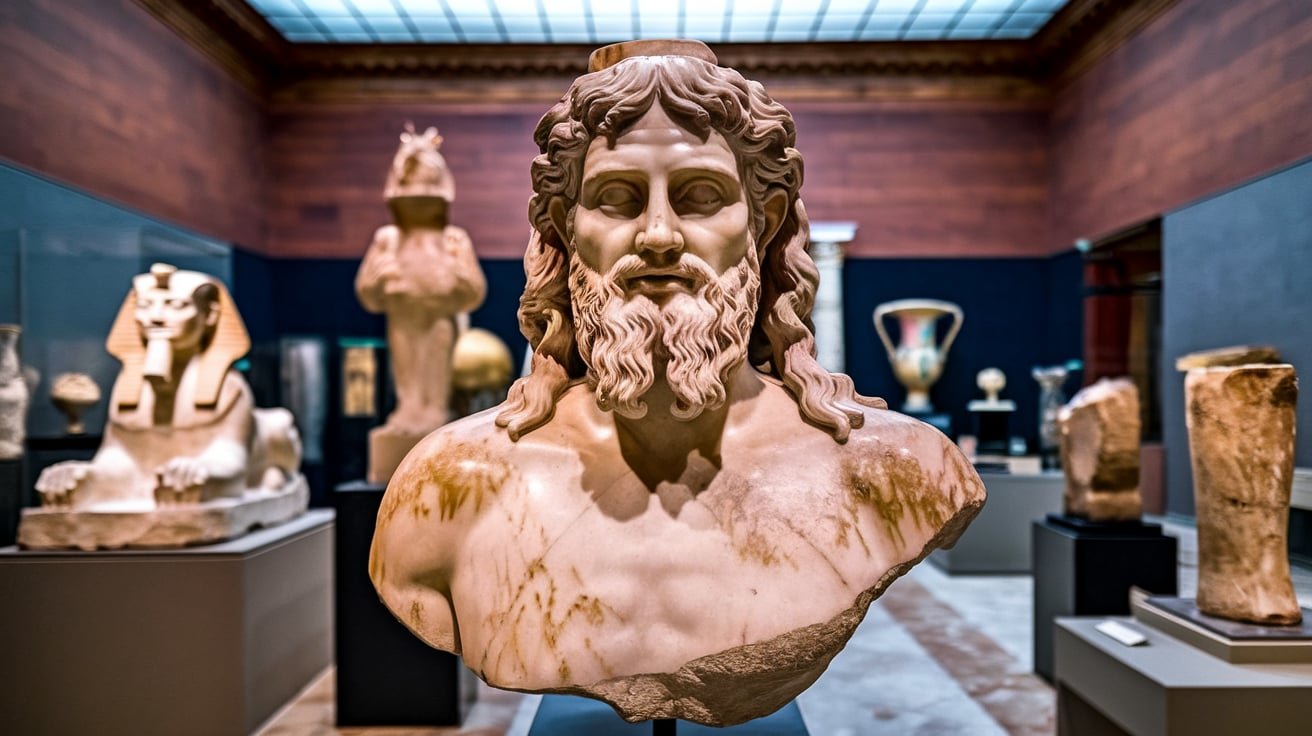Introduction
Ancient Artz refers to the diverse and intriguing artistic expressions from ancient civilizations that have left a lasting legacy on our cultural heritage. These artifacts, ranging from intricate sculptures to vivid murals, offer a window into early societies’ lives, beliefs, and traditions. This article delves into the significance of Ancient Artz, exploring its historical contexts, key examples, and enduring impact on contemporary art.
The Significance of Ancient Artz
Ancient Artz encompasses the artistic creations from various ancient civilizations, including the Egyptians, Greeks, Romans, Chinese, and Maya. These works were not merely decorative but crucial components of religious rituals, political propaganda, and social identity. Understanding Ancient Artz provides valuable insights into how ancient people perceived their world and communicated their values.
Religious and Ritualistic Art
One of the primary functions of Ancient Artz was to serve religious and ritualistic purposes. In ancient Egypt, for example, art was deeply intertwined with the belief in an afterlife. The elaborate tombs of pharaohs, adorned with intricate carvings and paintings, were designed to ensure a smooth transition to the afterlife and to honor deities.
Similarly, art played a significant role in ancient Greece’s religious practices. Temples dedicated to gods like Zeus and Athena were adorned with sculptures that depicted mythological scenes and divine attributes. These artworks were not only aesthetically pleasing but also served to reinforce the cultural importance of the deities they represented.
The Role of Ancient Art in Governance and Propaganda
Ancient art often played a crucial role in governance and propaganda, serving as a tool for rulers to assert their power and influence. In ancient Rome, emperors commissioned grandiose statues and monuments to project their authority and divine right to rule. The Arch of Titus and the Column of Trajan are prime examples of how art was used to commemorate military victories and promote imperial ideology. Similarly, in ancient Egypt, the grandeur of temples and colossal statues of pharaohs like Ramses II were designed to reinforce the ruler’s divine status and the kingdom’s stability. These artworks were not merely decorative but integral to their time’s political and social fabric, solidifying the ruler’s image and perpetuating their legacy through visual means.
Key Examples of Ancient Artz
Egyptian Art
Ancient Egyptian art is renowned for its distinctive style and symbolic significance. The use of hierarchical proportion, where more essential figures were depicted as larger than less significant, is a hallmark of Egyptian art. Key examples include the statues of pharaohs, such as the iconic Sphinx of Giza, and the detailed frescoes found in the tombs of the Valley of the Kings.
Greek Sculpture
Greek sculpture is celebrated for emphasizing realism and the idealized human form. The works of sculptors like Phidias and Praxiteles captured the beauty and physical perfection of the human body. The Parthenon Marbles, including the statues of the Parthenon’s pediments and frieze, are prime examples of this artistic tradition.
Roman Mosaics
Roman art is well-known for its intricate mosaics, which adorned floors and walls of public and private buildings. These mosaics often depicted scenes from daily life, mythology, and nature. The Villa Romana del Casale in Sicily boasts some of the most impressive Roman mosaics, including the famous “Bikini Girls” mosaic, which illustrates women engaging in athletic activities.
Chinese Ceramics
Ancient Chinese art includes remarkable achievements in ceramics, with porcelain being one of the most notable. The Tang dynasty (618–907 AD) is renowned for its vibrant, high-quality ceramics, including the famous Tang Sancia (three-colored) glazed pottery. These ceramics served functional purposes and reflected the sophisticated artistry and technological advancements of ancient China.
Maya Art
Mayan art provides a fascinating glimpse into the culture and beliefs of the Maya civilization. This art often featured detailed carvings on stelae and altars depicting gods, rulers, and significant historical events. The murals found in the Bonampak ruins are especially notable for their vivid colors and depictions of Maya ritualistic practices and societal structures.
The Enduring Impact of Ancient Artz
Ancient Artz has profoundly influenced the development of art and culture throughout history. For example, the classical ideals of Greek and Roman art laid the foundation for the Renaissance revival of realism and humanism. Similarly, the symbolic and narrative techniques seen in ancient Egyptian art continue to inspire modern artists exploring themes of spirituality and mythology.
Moreover, the study and preservation of Ancient Artz play a crucial role in understanding our collective past. Museums and archaeological sites dedicated to these ancient artworks provide educational opportunities and foster appreciation for the rich diversity of human creativity.
Conclusion
Ancient Artz offers a captivating journey through the artistic achievements of early civilizations. From the majestic sculptures of Greece to the intricate ceramics of China, these artifacts reflect the aesthetic values of their creators and provide valuable insights into their social, religious, and political contexts. As we continue to study and celebrate Ancient Artz, we honor the enduring legacy of our ancestors and gain a deeper appreciation for the artistry that has shaped human history.
